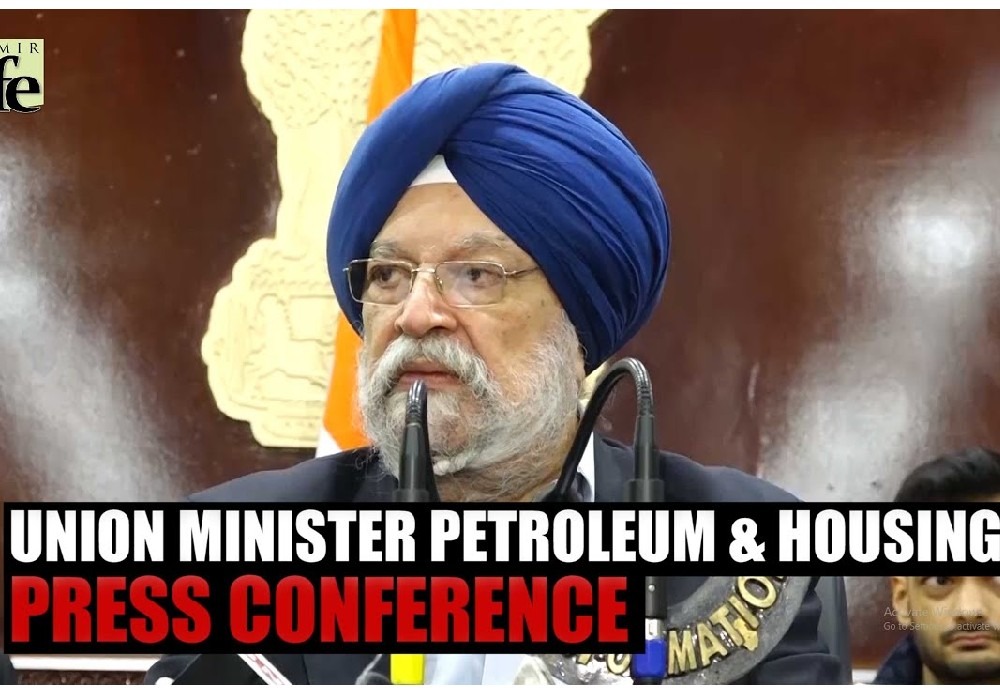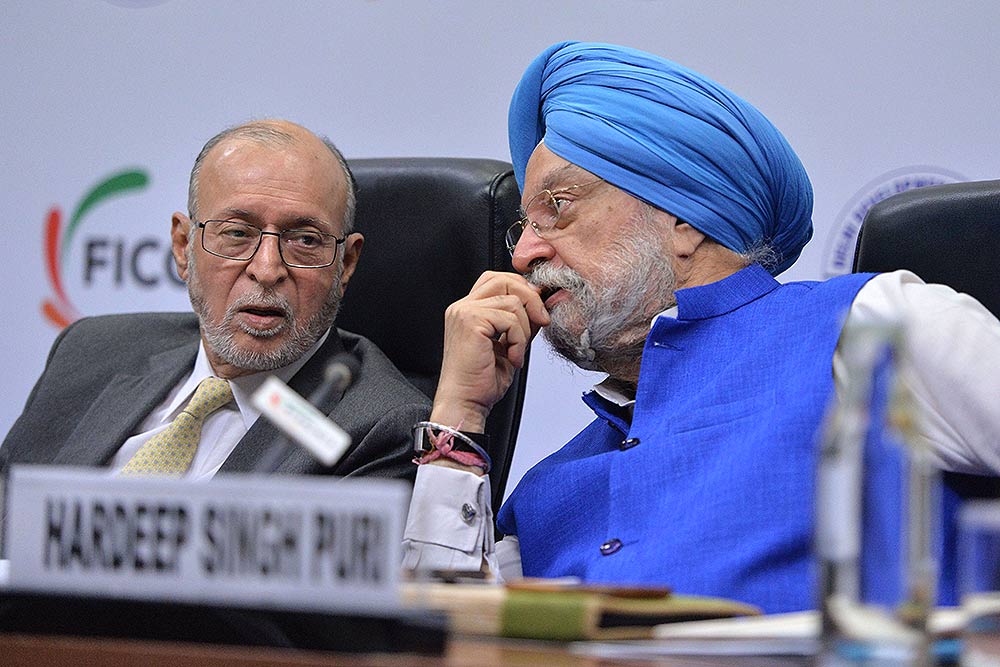The formal launch of the Indian Oil Corporation's patented solar cook-stove at the India Energy Week 2023 (February 6-8, 2023 in Bengaluru as part of the G-20 calendar of events) by the Prime Minister Narendra Modi must be looked at closely from the point of view of India's national energy story. While Mr. Modi claimed the stove would soon reach three crore households within the next few years, Union Minister for Petroleum and Natural Gas Hardeep Singh Puri called it a "catalyst in accelerating adoption of low-carbon options" along with biofuels, electric vehicles, and green hydrogen.
These pronouncements have followed a 99% cut in the liquefied petroleum gas (LPG) subsidy (from the 2022-23 revised estimates) to low-income households in the 2023 Budget even as international fuel prices remain high. The government has claimed that the stove — priced at an eye-watering ₹15,000 — will transform cooking practices, save thousands of crores in LPG cost and forex, cut carbon dioxide emissions, and yield marketable carbon credits.
While past governments have failed to convince women to transform their household energy use through technical innovation, today, we are at an unprecedented crossroads in India's renewable energy history.
A quest derived from crises
The quest for renewable and decentralised technology in poor households has closely followed energy crises. Among the government's earliest attempt to transform household energy consumption was the solar cooker of the National Physical Laboratory (NPL), fabricated in the early 1950s, in a period of great uncertainty in food security and energy self-sufficiency. The Nehru government's gambit on state-led hydroelectric power generation was a response to this crisis, but it failed to address the household energy consumption of the rural poor.

Synopsis Union Minister Hardeep Singh Puri stated India's commitment to an inclusive global energy future through open collaboration, highlighting the India-Middle ..

देश में एक करोड़ यात्री प्रतिदिन कर रहे हैं मेट्रो की सवारी: पुरी ..

Union Minister for Petroleum and Natural Gas and Housing and Urban Affairs, Hardeep Singh Puri addressing a press conference in ..

Joint Press Conference by Shri Hardeep Singh Puri & Dr Sudhanshu Trivedi at BJP HQ| LIVE | ISM MEDIA ..
(3).jpg)
"I wish a speedy recovery to former Prime Minister Dr Manmohan Singh Ji. God grant him good health," Puri wrote. ..